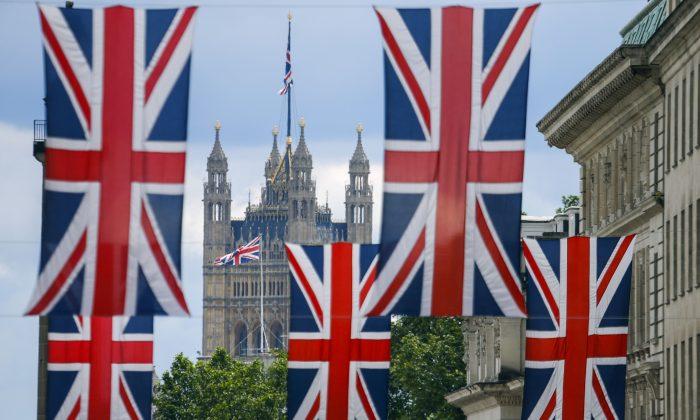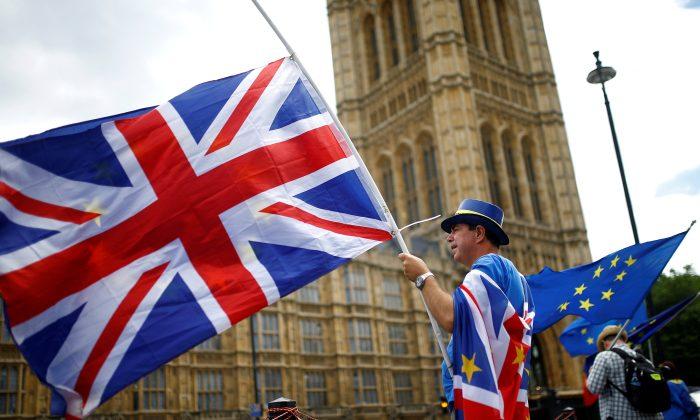Ex-Hurricane Ophelia brought violent winds to the UK on Monday, Oct. 16, with Ireland bearing the brunt of the storm.
A woman and a man died separately in Ireland when trees fell on their cars, according to reports, while a second man died in an accident with a chainsaw as he was trying to clear a fallen tree.
Violent winds pushed waves up to 10 metres (30 feet) high, while 360,000 houses had no electricity. A further 100,000 outages are expected before nightfall.
It tweeted some of its strongest gusts today (in kilometres) including at Fastnet Lighthouse, where there were winds of 191 km/h (118 mph).
The storm, downgraded from a hurricane during the night, was the worst to hit Ireland in half a century. It made landfall after 10:40 a.m. local time, the Irish National Meteorological Service said, with winds as strong as 190 km/h (118 mph) hitting the most southerly tip of the country. The service said coastal flooding is likely.
The Irish Prime Minister Leo Varadkar advised people to stay indoors. The transport minister said it was not safe to drive.
A yellow warning has been issued for parts of Wales, Scotland, north east England, north west England, south west England and the West Midlands.

Many recalled the “Great Storm” of 1987 that hit England 30 years earlier—to the day—on Oct. 16. The storm left 18 dead.
“This storm is still very active and there are still very dangerous conditions in parts of the country,” the chairman of Ireland’s National Emergency Coordination Group, Sean Hogan, told national broadcaster RTE. “Do not be lulled into thinking this has passed.”





